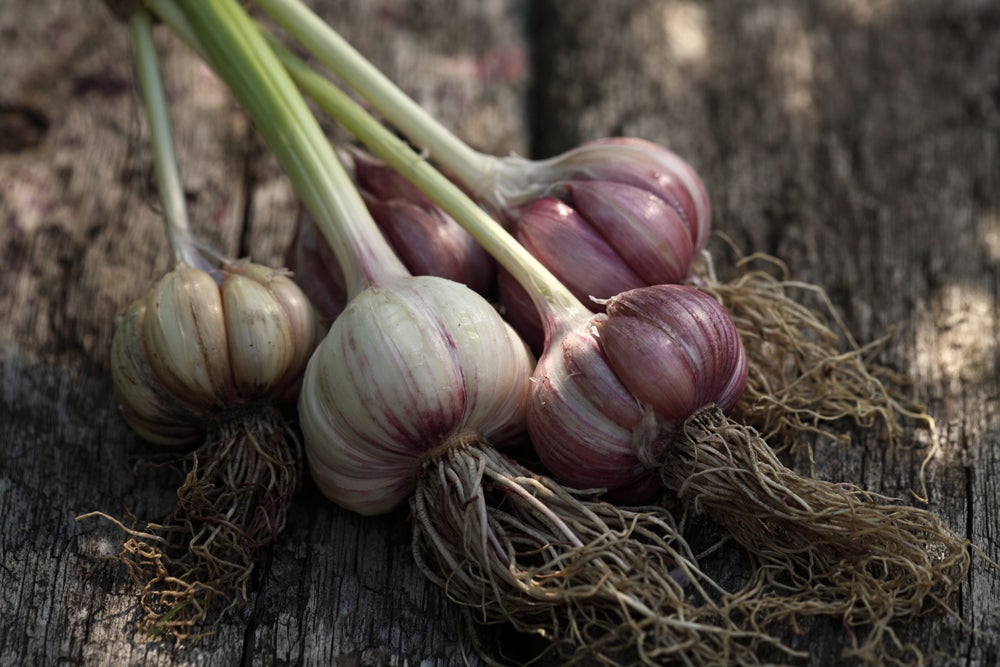Gardening 101: Fall Veg Planting

Fall is, in many ways, the best time to plant vegetables. The soil is warmer than in spring, so plants grow more quickly. The early days of autumn tend to be balmy, with occasional spells of rain—ideal conditions for young plants to get established. Peak seasons for bugs and weeds have passed. And best of all, autumn gardening lets you enjoy the simple pleasure of eating homegrown food through Thanksgiving.
Plant now for an autumn harvest
If you live where the first frosts come in November, sow seeds in the garden in September. Where frosts start earlier, go with transplants that are a few weeks old so they’ll be mature enough to tolerate the cold.
- Beans » Bush varieties are best for fall planting. ‘Bountiful’ and ‘Contender’ begin bearing less than 60 days after you plantthe seeds.
- Broccoli and cabbage » About eight weeks after transplant, broccoli and cabbage form their heads. Look for fast-maturing, cold-tolerant varieties like ‘Blue Wind’ broccoli and savoy-type cabbage.
- Carrots » Start the seeds of quick-growing carrots like ‘Yaya’ or ‘Nelson’ in the last few weeks of summer, and leave them in the ground well into fall; they taste sweeter after a light frost or two. Carrots can stay in the soil, with a light blanket of mulch, for around 2 ½ months—or until you’re ready to eat them.
- Greens » Leafy crops like arugula, kale, lettuce, mesclun, and mustard need only about 4 to 6 weeks from the seedling size until you can begin to harvest the leaves.
- Radishes and beets » As few as 45 to 50 days after you sow the seeds of varieties like ‘Easter Egg’ radishes and ‘Red Ace’ beets, you can begin enjoying the tasty roots.
Plant now for a spring harvest
In all but the most frigid regions, you can plant two important crops—garlic and spinach (greens)—in fall for harvest in the spring. Growing food over the winter also makes productive use of your garden space when it would otherwise lie fallow.
- Garlic » Fall is the time to plant garlic—it needs “chilling hours” to grow successfully. Hardneck types (rather than the softneck varieties usually found in grocery stores) are well adapted to a wide variety of conditions. Each clove you plant becomes a whole new bulb. Green shoots come up a few weeks after planting: Tuck them in with a warmth-trapping blanket of shredded leaves or straw. The plants go dormant following a hard freeze, and then start growing again in early spring. The garlic is ready for harvest in early summer, just in time for you to replace it with a heat-loving crop like peppers or basil.
- Spinach » I sow seeds in September, harvest a little later in the fall, then cover the plants with shredded leaves after the first hard frost. In spring, they begin growing again and I get to eat fresh spinach. This timing also works for other greens like kale, endive, and mustard.
Related: How to Save Your Summer Herbs
Frost protection
The first cold spell in fall is often followed by four or five weeks of weather warm enough even for summer crops like tomatoes. Shield your garden from frost damage and keep your veggies growing well into autumn with the following tactics:
- Water » On nights when a frost is predicted, watering your crops increases the humidity around them, thus raising the dew point and the ambient temperature—and reducing the chance that frost will form on leaves.
- Buckets, sheets, and paper » Keep frost from settling on plants by covering them. Before sunset on chilly evenings, place upside-down buckets or plastic milk jugs with the bottom cut out over small plants. Blanket larger plants with old bedsheets or newspapers. Remove the covers in the morning.